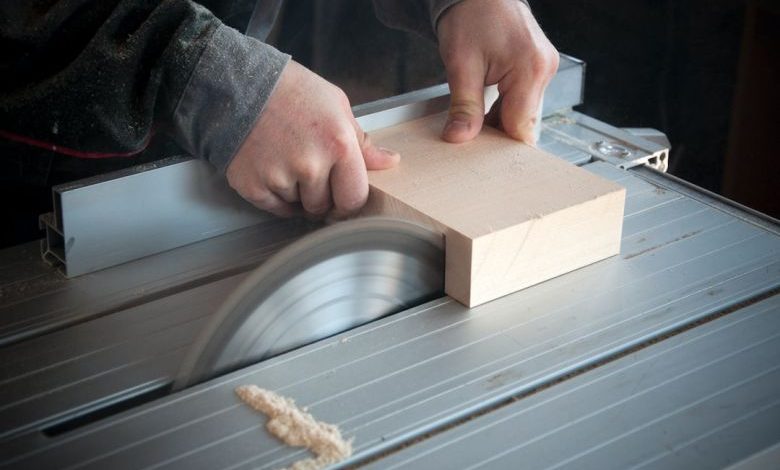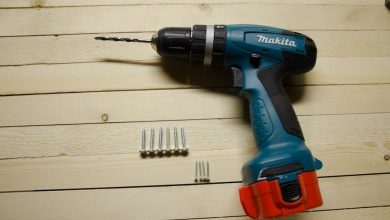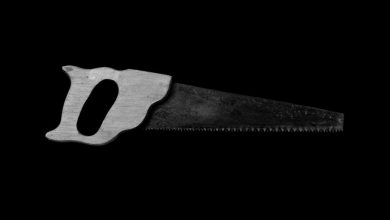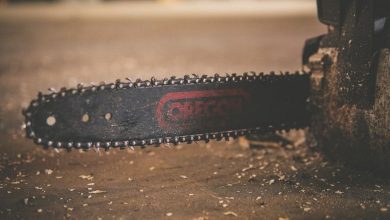Maximizing Safety with Circular Saw Cutting Guide

Circular saws are powerful tools that can make quick and accurate cuts in various materials. However, they can also be dangerous if not used properly. In order to maximize safety while using a circular saw, it is essential to use a cutting guide. A cutting guide is a device or attachment that helps to keep the saw on track and ensures precise and controlled cuts. In this article, we will explore the importance of using a cutting guide and provide tips on how to use it effectively.
The Importance of a Cutting Guide
Using a cutting guide with a circular saw can significantly enhance safety while cutting. It helps to prevent the saw from deviating from the intended cutting line, reducing the risk of accidents and mishaps. A cutting guide provides stability and control, allowing for accurate and consistent cuts. It also minimizes the chances of kickbacks, where the saw suddenly jerks back towards the user, which can be extremely dangerous.
Choosing the Right Cutting Guide
There are various types of cutting guides available in the market, each designed for specific purposes and materials. When selecting a cutting guide, consider the type of cuts you will be making and the materials you will be working with. Some cutting guides are adjustable and can accommodate different sizes and angles, while others are designed for specific applications such as crosscuts or rip cuts. It is important to choose a cutting guide that is compatible with your circular saw and meets your specific requirements.
Using a Cutting Guide Safely
Once you have selected the appropriate cutting guide, it is important to use it correctly to ensure maximum safety. Here are some tips to consider:
1. Secure the workpiece: Before making any cuts, make sure the workpiece is securely clamped to the surface. This will prevent it from moving or shifting during the cutting process.
2. Position the cutting guide: Place the cutting guide on the workpiece, aligning it with the intended cutting line. Ensure that the cutting guide is properly secured and does not wobble or move while cutting.
3. Adjust the cutting depth: Set the cutting depth of the circular saw according to the thickness of the material being cut. This will prevent the saw from cutting too deep or not deep enough, ensuring clean and precise cuts.
4. Maintain a steady grip: Hold the circular saw firmly with both hands, maintaining a steady grip throughout the cutting process. This will provide better control and reduce the chances of the saw slipping or deviating from the cutting line.
5. Use the correct cutting technique: Follow the manufacturer’s instructions for operating the circular saw and cutting guide. Move the saw along the cutting guide at a consistent speed, applying even pressure. Avoid pushing or forcing the saw, as this can lead to kickbacks or uneven cuts.
6. Wear appropriate safety gear: Always wear safety goggles, ear protection, and gloves when using a circular saw. This will protect you from flying debris, loud noise, and potential injuries.
Conclusion: Prioritizing Safety
In conclusion, using a cutting guide with a circular saw is essential for maximizing safety and achieving accurate cuts. By selecting the right cutting guide, securing the workpiece, and following proper techniques, you can significantly reduce the risk of accidents and ensure a safe and efficient cutting experience. Remember to always prioritize safety and wear the necessary protective gear when operating a circular saw. So, next time you reach for your circular saw, don’t forget to grab your cutting guide for a safer and more precise cutting experience.




